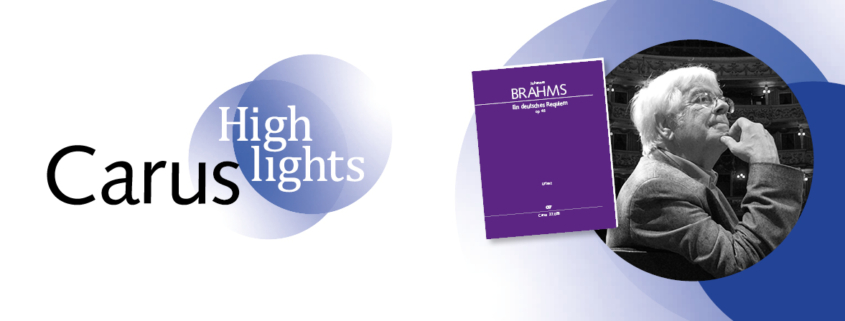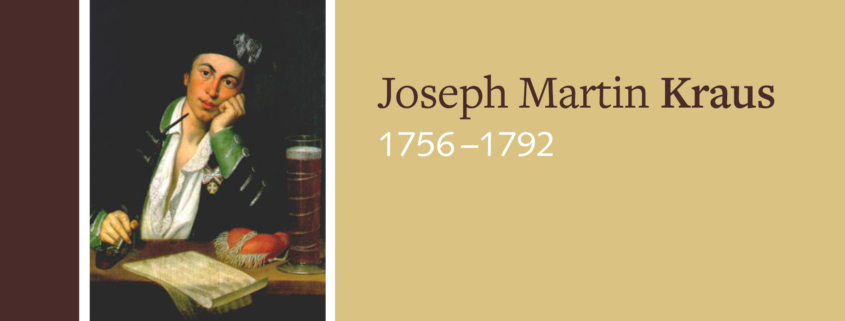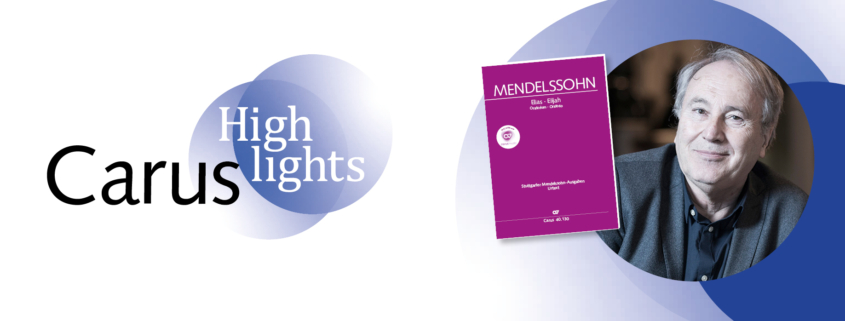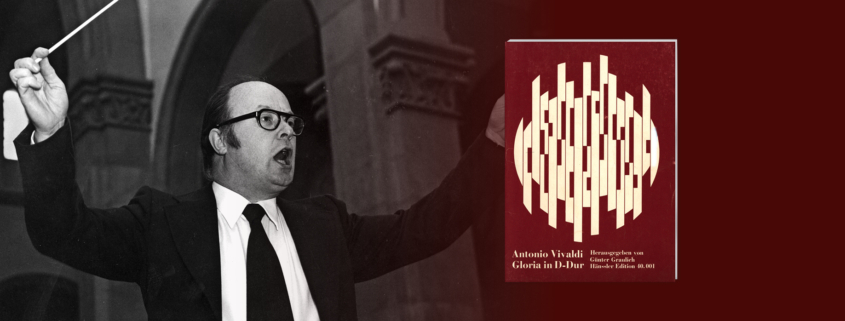Personalities
We take a look at fascinating biographies, or report on particular aspects in the works of Bach, Mozart or Mendelssohn, Matsushita, Miškinis or Močnik. And we present the performers on our CD label, such as Frieder Bernius and the Stuttgart Kammerchor, Hans-Christoph Rademann and the Gaechinger Cantorey, and Calmus Ensemble. As well as this, you will get to meet our editors who report on their editions published by Carus - all true experts of choral music.On November 16, 1672, the electoral conductor Heinrich Schütz died in Dresden at a very old age. The 350th anniversary of his death in 2022 gives us the opportunity to remember one of the most important and groundbreaking composers in our musical history.
In the CARUS Highlights, Helmuth Rilling writes about Brahms’ “Ein Deutsches Requiem” (A German Requiem) – a piece he even wrote a book about.
Due to the limited sheet music for the wind quintet, Joachim Linckelmann began arranging great choral works for smaller scorings while he was still a student. Today he is responsible for most of the published arrangements in our category “Great choral works in small scorings”.
Even if in the last 30 years (since the 200th year of death in 1992) a lot has happened in the matter of Joseph Martin Kraus, not least due to the phenomenal recording of his symphonies by Concerto Köln, Kraus is still an insider tip in the music scene, both in practice and in science.
In the CARUS Highlights, Frieder Bernius writes on Mendelssohn’s “Elijah”, one of the most popular oratorios of all.
After discovering there was no satisfactory printed edition of Vivaldi’s Gloria, Günter Graulich decided without further ado to transcribe the music himself from the autograph manuscript for his choir. Demand for the edition grew, and with it the need to have it printed. This marked the birth of Carus-Verlag.
On November 16, 1672, the electoral conductor Heinrich Schütz died in Dresden at a very old age. The 350th anniversary of his death in 2022 gives us the opportunity to remember one of the most important and groundbreaking composers in our musical history.
Bach pulled out everything in his St. John Passion: the orchestra included almost every conceivable instrument in the original version of the piece. His lyricist used very pictorial language. Bach added a sea of musical affects to the powerful language, which in its diversity and complexity is overwhelming and, in the best sense of the word, “theatrical”.
César Franck regarded his oratorio “Les béatitudes” as his most important work. The first performance of the version with piano accompaniment was given in Franck’s private apartment. But the “real” premiere of the orchestral version with over 250 performers took place only after the composer’s death in 1891 in Dijon. It was an overwhelming success, as was the Paris premiere in March 1893.
Charpentier’s substantial œuvre is distinguished by its remarkably high level of quality, and furthermore by a special beauty of a very humble and unpretentious kind that certainly could have made some of his contemporaries jealous.









